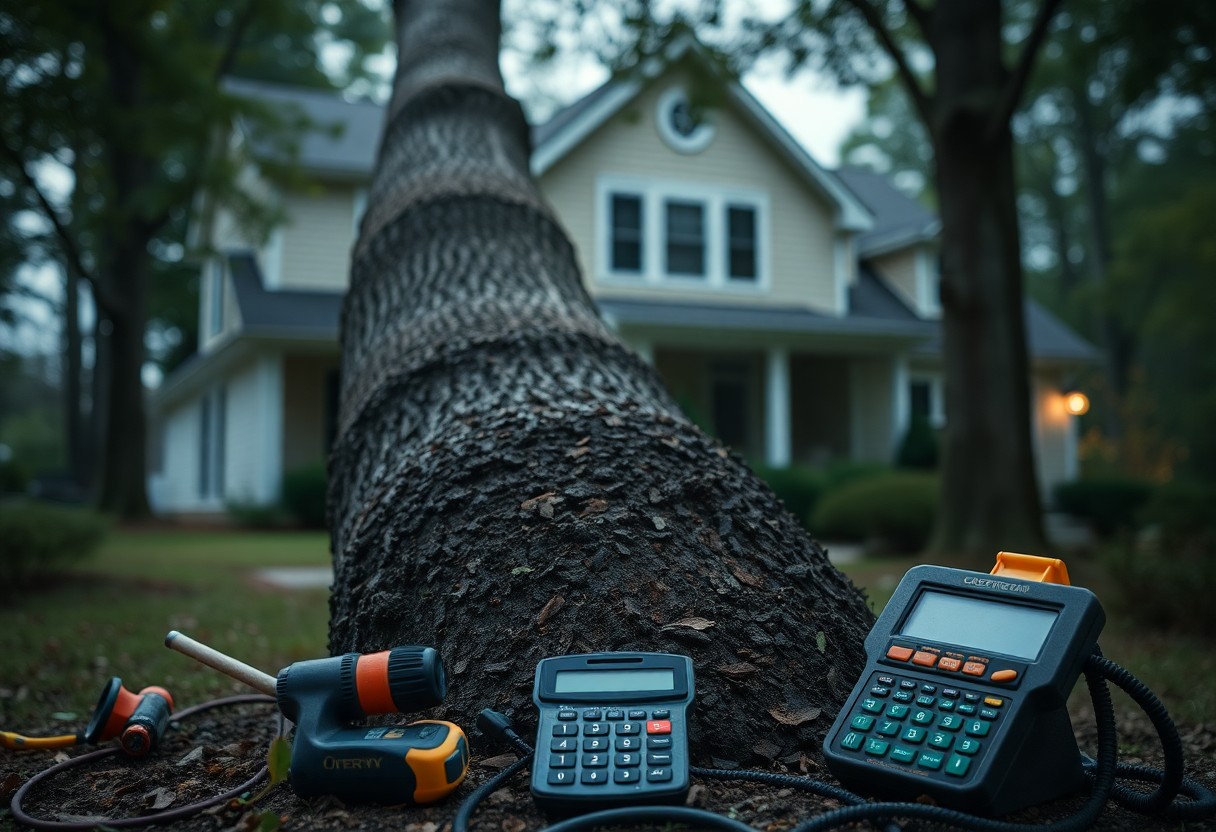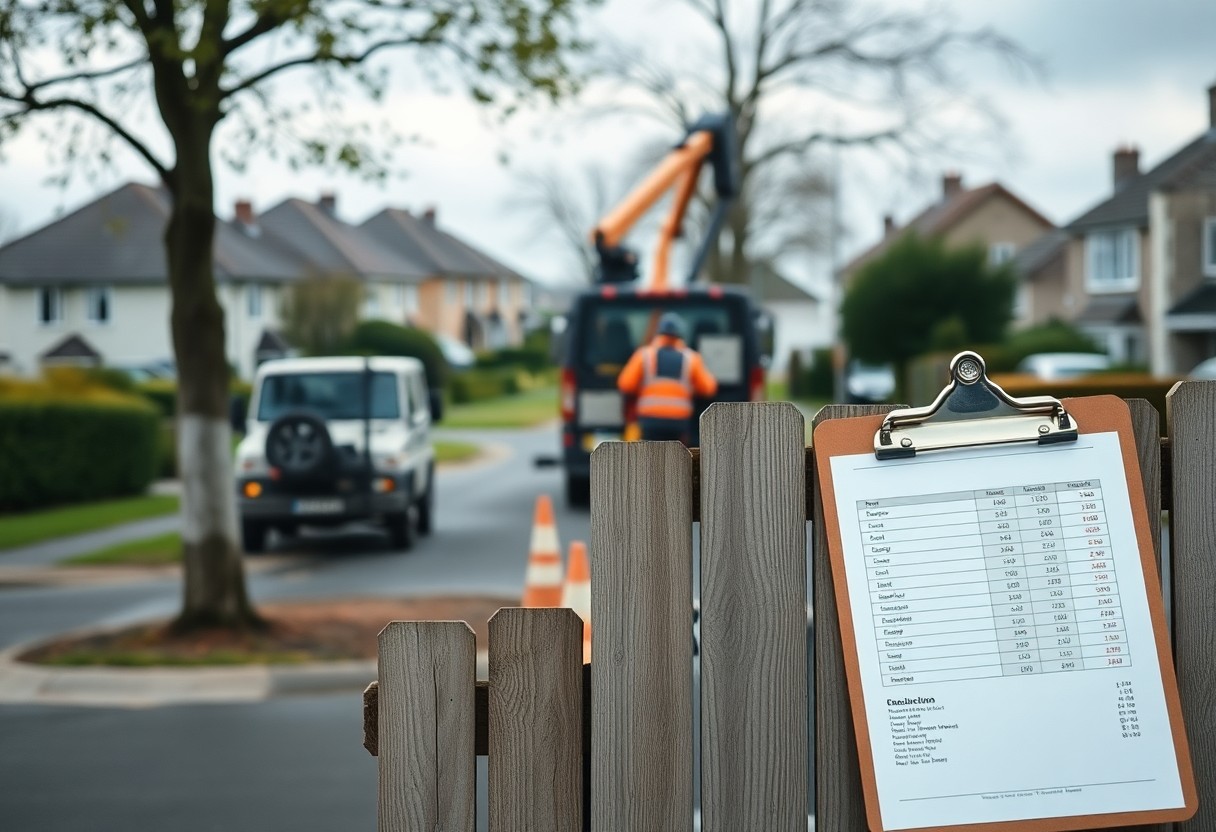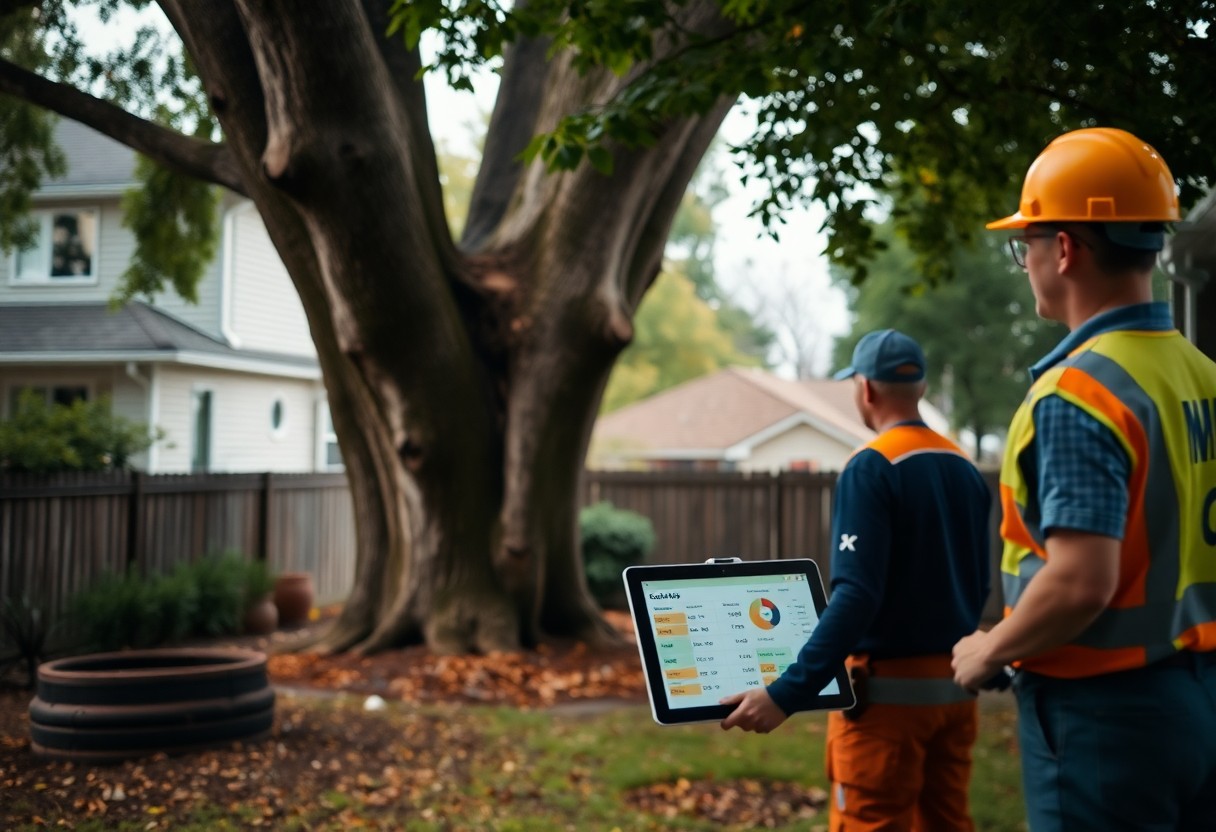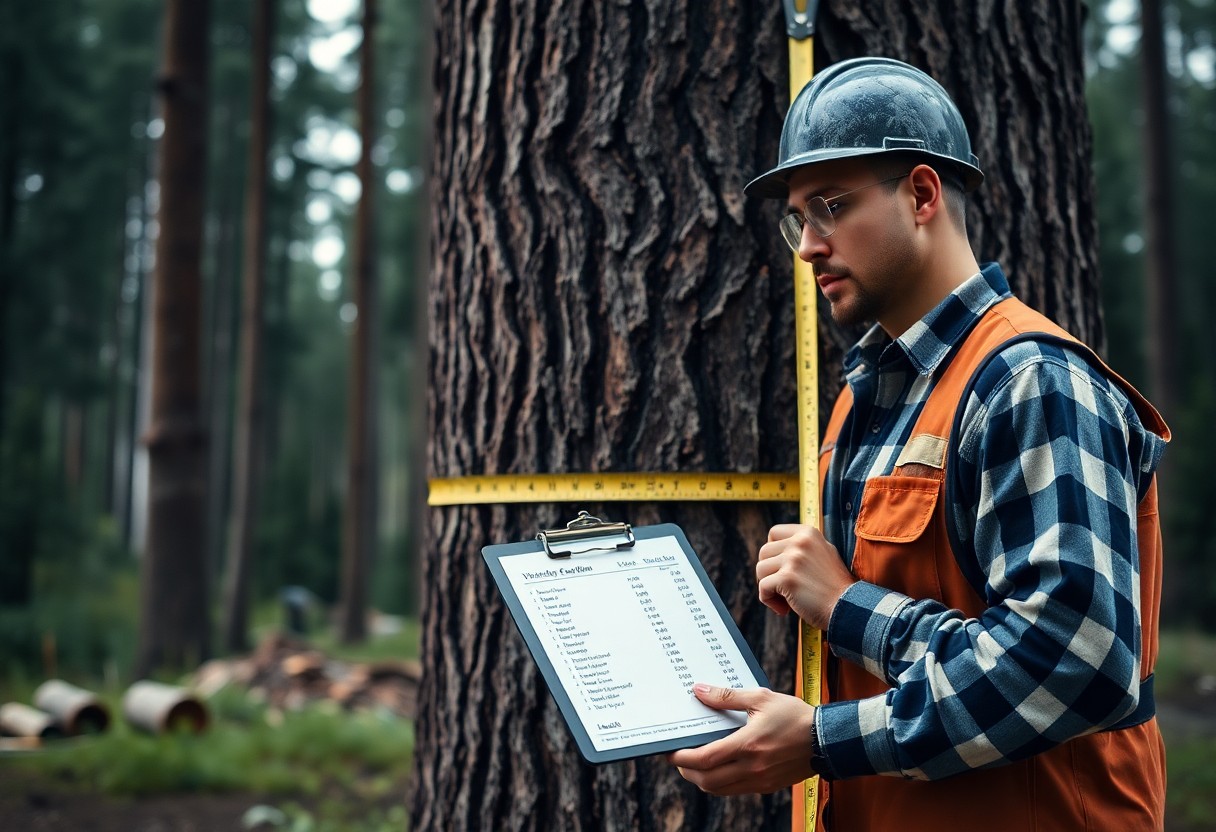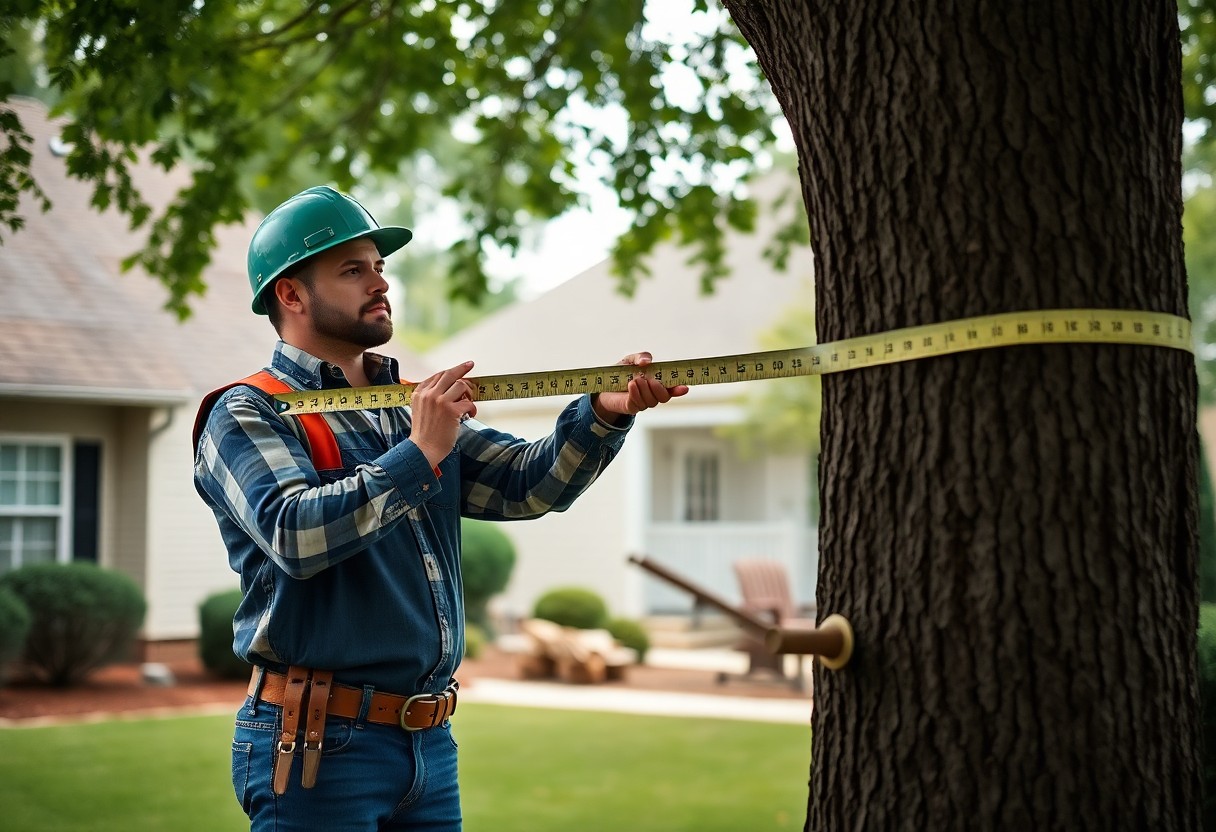You’ve got a problem on your hands – a fallen tree is lying on your property, and you need to get it removed. But before you start calling tree removal services, you want to know what it’s going to cost you.
That’s where our Fallen Tree Removal Cost Calculator comes in. We’ve broken down the factors that affect the cost of removal, from the tree’s size and location to the equipment needed to get the job done.
By the end of this article, you’ll have a clear idea of what to expect and how to budget for the removal of your fallen tree.
Factors Affecting Fallen Tree Removal Cost
Tree Removal Cost Calculator
While calculating the cost of fallen tree removal, several factors come into play. These include:
- Tree size and location
- Type of tree and branches
- Equipment and labor required
- Debris disposal and cleanup
Knowing these factors will help you estimate the cost of removing a fallen tree from your property.
Tree Size and Location
Beneath the surface, the size and location of the fallen tree greatly impact the removal cost. Larger trees require more equipment and labor, increasing the overall cost. Similarly, trees located in hard-to-reach areas, such as on a slope or near power lines, may require specialized equipment and expertise, driving up the cost.
Type of Tree and Branches
One of the primary factors affecting fallen tree removal cost is the type of tree and its branches. Different species of trees have varying densities and branch structures, which affect the difficulty of removal and disposal.
Size and complexity of the branches also play a significant role. For instance, trees with large, heavy branches or those with multiple trunks may require more labor and equipment to safely remove, increasing the overall cost. Understanding the characteristics of your fallen tree will help you better estimate the removal cost.
Equipment and Labor Costs
It’s necessary to consider the costs associated with the equipment and labor required to remove a fallen tree.
These expenses can vary widely depending on the size and complexity of the job, as well as the location and type of tree.
Professional Crews and Their Rates
Against the backdrop of a fallen tree, you’ll need to hire a professional crew to handle the removal. Their rates will depend on factors such as the crew’s experience, the number of workers, and the equipment needed. On average, you can expect to pay between $200 and $500 per hour for a professional crew.
Equipment Rental Fees
At the heart of the removal process lies the equipment needed to get the job done. You’ll need to factor in the cost of renting tools such as chainsaws, chippers, and cranes, which can range from $100 to $500 per day.
Equipment rental fees can add up quickly, especially if you’re dealing with a large tree or complex removal process.
Be sure to research local equipment rental companies and compare prices to find the best deal for your budget. You may also want to consider renting equipment for a longer period to reduce the overall cost.
Debris Disposal and Cleanup
Now that the fallen tree has been removed, it’s time to think about disposing of the debris and cleaning up your yard. This step is just as important as the removal process, as it ensures your property is safe and looks its best.
Hauling Away Debris
Around 10-20% of the total removal cost goes towards hauling away the debris. This includes the cost of transporting the wood and other materials to a recycling center or landfill.
Yard Cleanup and Restoration
Away goes the mess, and in comes a clean and tidy yard. This part of the process involves removing any remaining branches, leaves, and other debris from your lawn.
For instance, if the fallen tree damaged your lawn or garden, you may need to repair or replace affected areas.
This could include re-sodding, planting new flowers or trees, or fixing broken fences. Be sure to factor these costs into your overall removal estimate.
Permits and Regulations
Unlike other aspects of fallen tree removal, permits and regulations can be a tedious but necessary step in the process. You’ll need to navigate local laws and obtain the required permits before removal can begin. Failure to do so can result in fines, penalties, or even project delays.
Obtaining Necessary Permits
Along with identifying the type of tree and its location, you’ll need to determine if any permits are required for removal. This may involve contacting your local government or tree removal company to inquire about specific regulations in your area.
Compliance with Local Regulations
Around the country, local regulations vary greatly, and it’s necessary to familiarize yourself with the specific rules governing tree removal in your area.
Above all, compliance with local regulations is key to avoiding costly mistakes. You’ll need to research and understand the regulations specific to your location, including any necessary permits, environmental impact assessments, and tree protection ordinances. By doing so, you can ensure a smooth and hassle-free removal process.

DIY vs. Professional Removal
Not all fallen tree removals are created equal, and the decision to tackle the job yourself or hire a pro depends on several factors, including the size and location of the tree, your level of expertise, and the resources at your disposal.
Weighing the Pros and Cons
One key consideration is the pros and cons of each approach. Here’s a breakdown of the advantages and disadvantages of DIY versus professional removal:
| DIY Removal | Professional Removal |
|---|---|
| Cost-effective | Expertise and specialized equipment |
| Flexibility and control | Liability protection and insurance |
| Risk of injury or property damage | Higher upfront cost |
| Lack of specialized equipment | Quick and efficient removal |
| Time-consuming and labor-intensive | Debris removal and disposal |
When to Call a Professional
Along with weighing the pros and cons, there are certain situations where hiring a professional is the clear choice.
Considering the potential risks and complexities involved in fallen tree removal, it’s often better to err on the side of caution and call in a pro if you’re unsure about any aspect of the job. This is especially true if the tree is large, in a difficult location, or has already caused damage to your property or power lines.
Additional Costs and Considerations
To ensure you get an accurate estimate for fallen tree removal, consider the following additional costs and factors that may impact your final bill.
Stump Removal and Grinding
For stump removal and grinding, expect to pay extra, as this service is not typically included in the initial removal cost. The cost will depend on the size and location of the stump, as well as the method used to remove it.
Potential Damage to Property
Between the fallen tree and the removal process, there’s a risk of damage to your property, including landscaping, gardens, and nearby structures. Be prepared for potential repairs or replacements.
Plus, consider the potential impact on your home’s foundation, roof, or walls if the fallen tree was leaning against or near your house. You may need to hire additional professionals to assess and repair any damage to these areas.
To wrap up
The Fallen Tree Removal Cost Calculator is now at your fingertips, giving you a clear idea of what to expect when tackling that unwanted tree.
You’ve got the knowledge to estimate the costs, from tree size to removal method, and you’re ready to take on the task. With this calculator, you’ll be able to budget wisely and make informed decisions about your property. You’ve taken the first step towards reclaiming your outdoor space – now it’s time to get to work.


